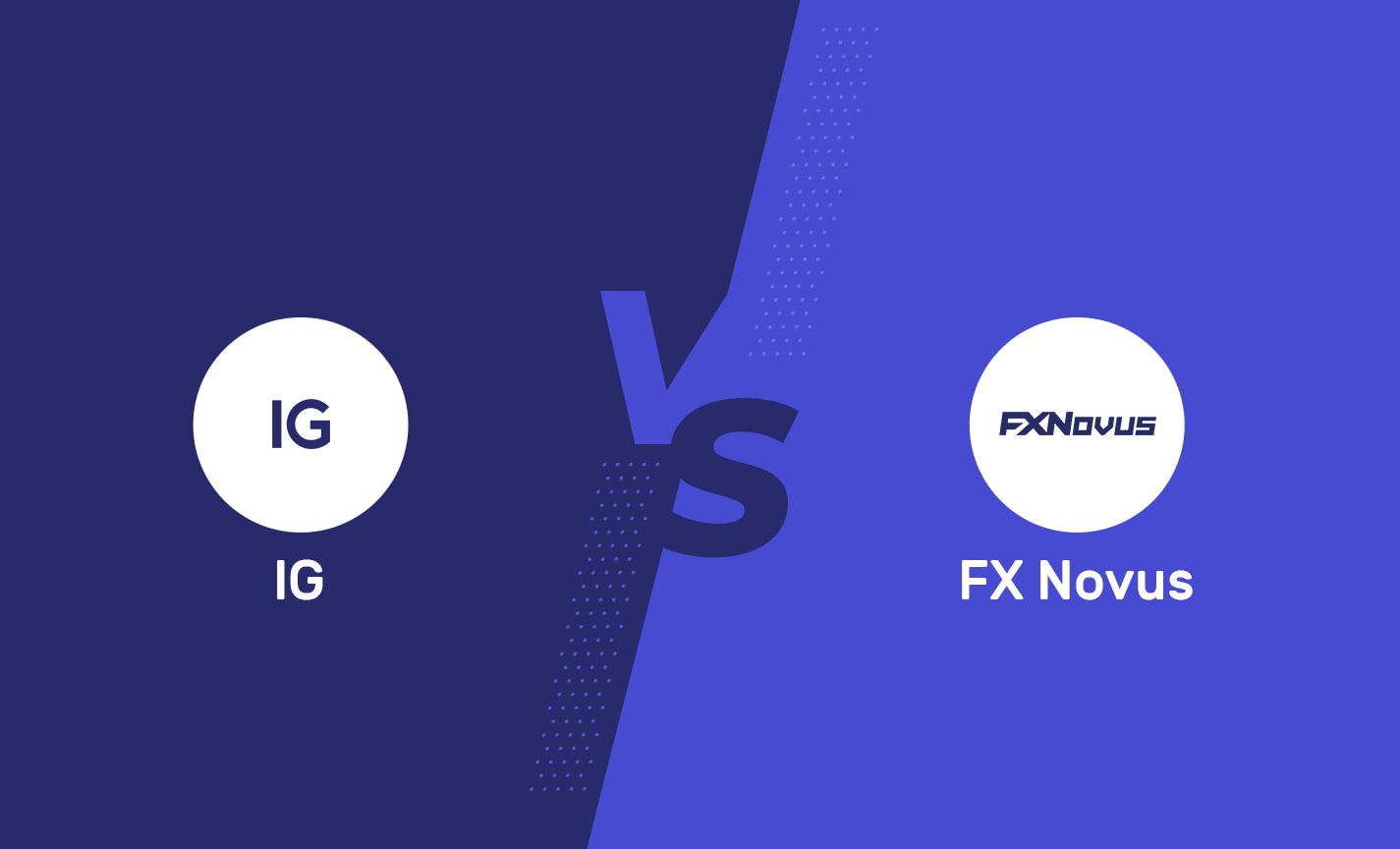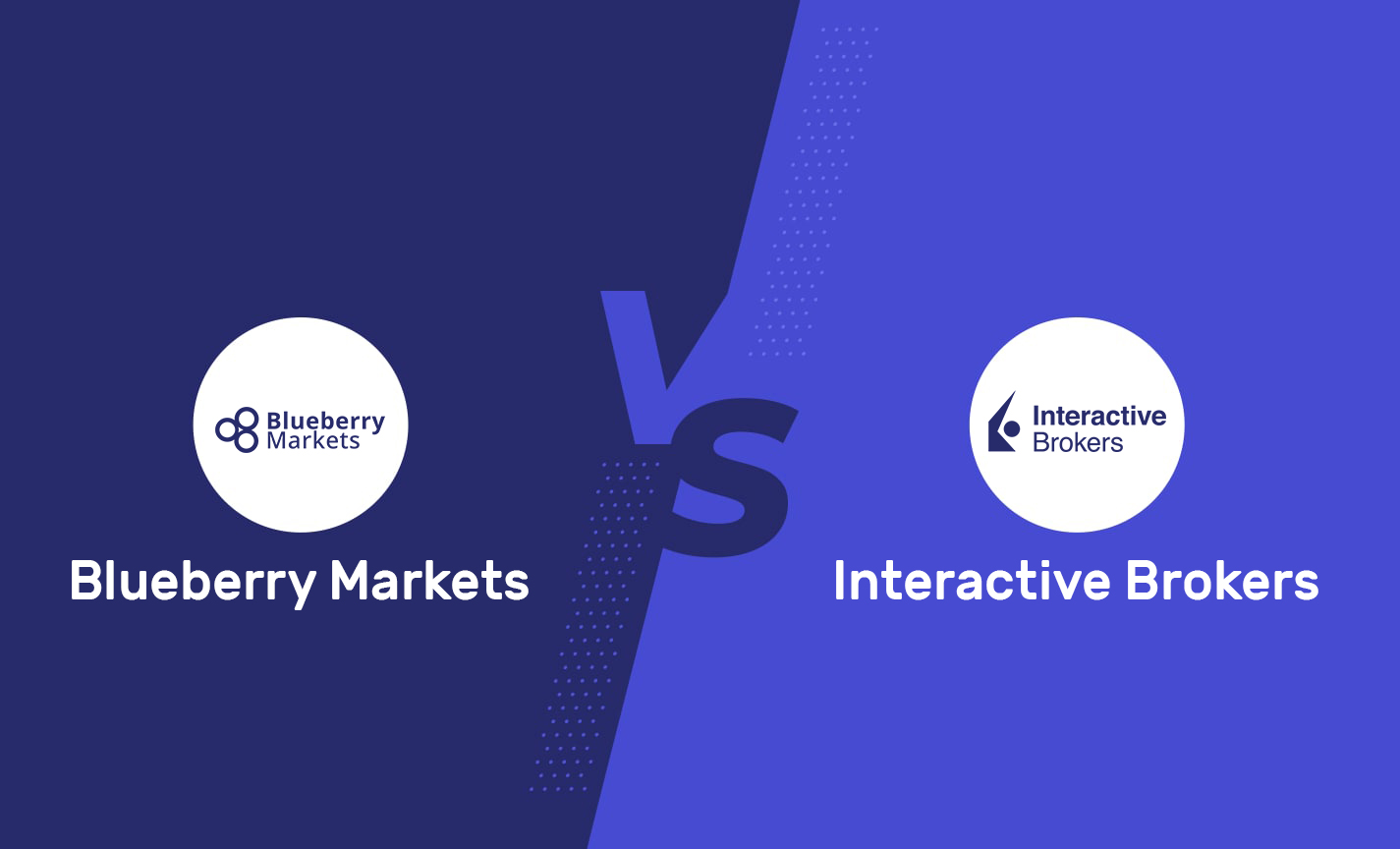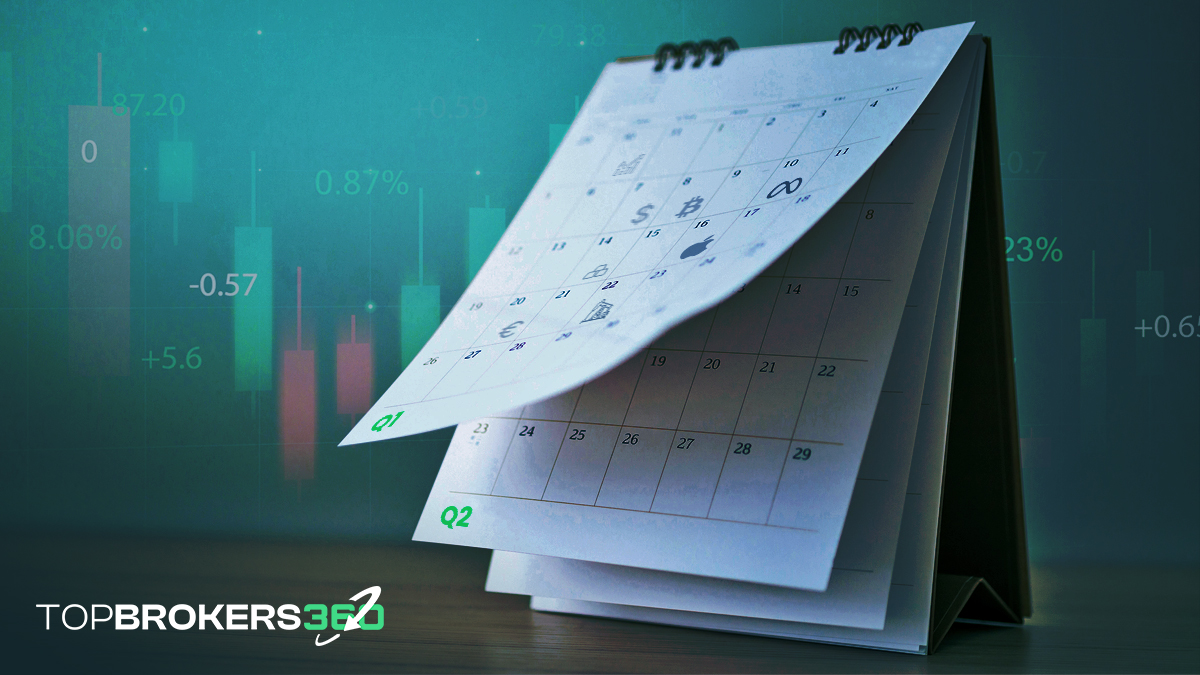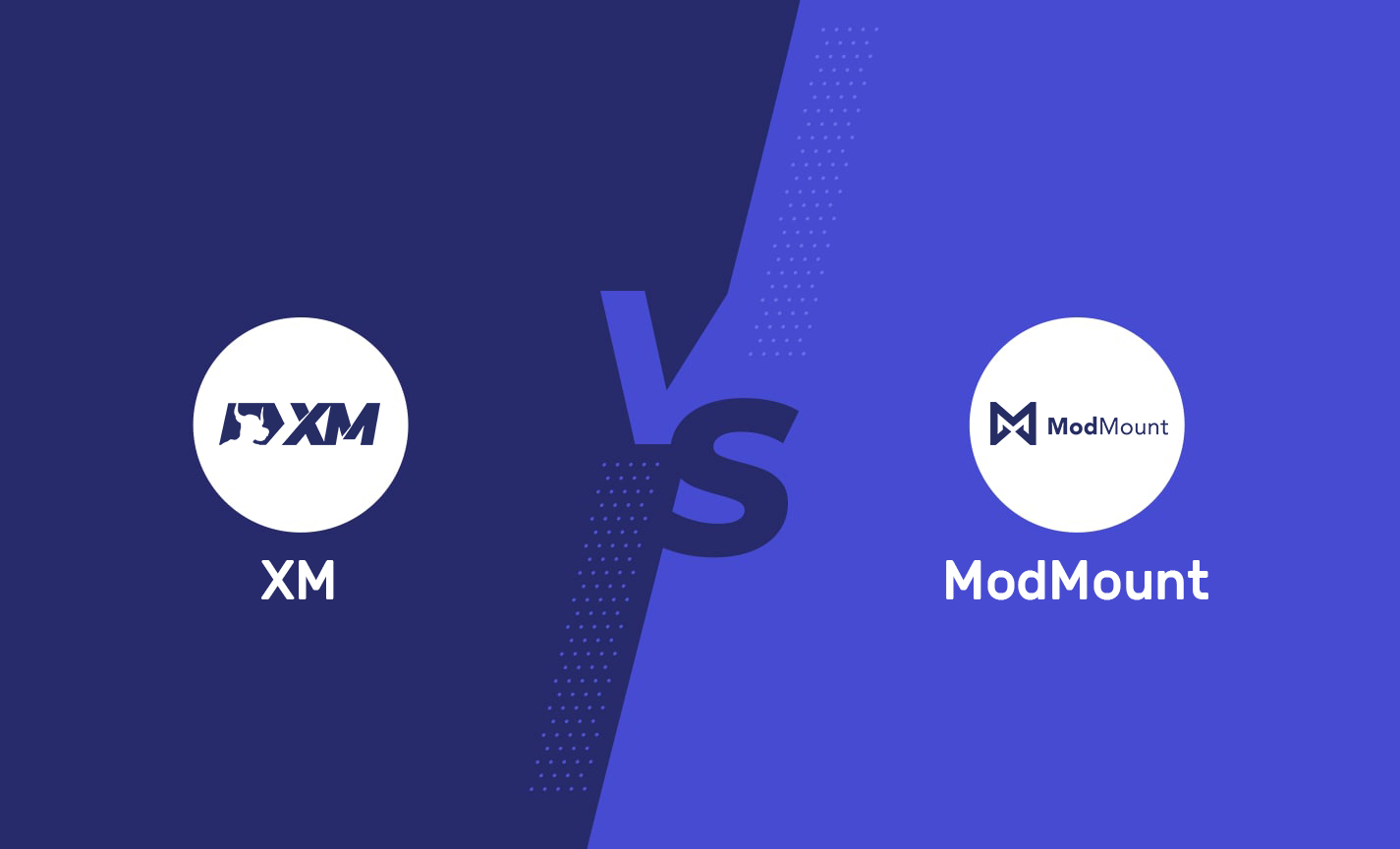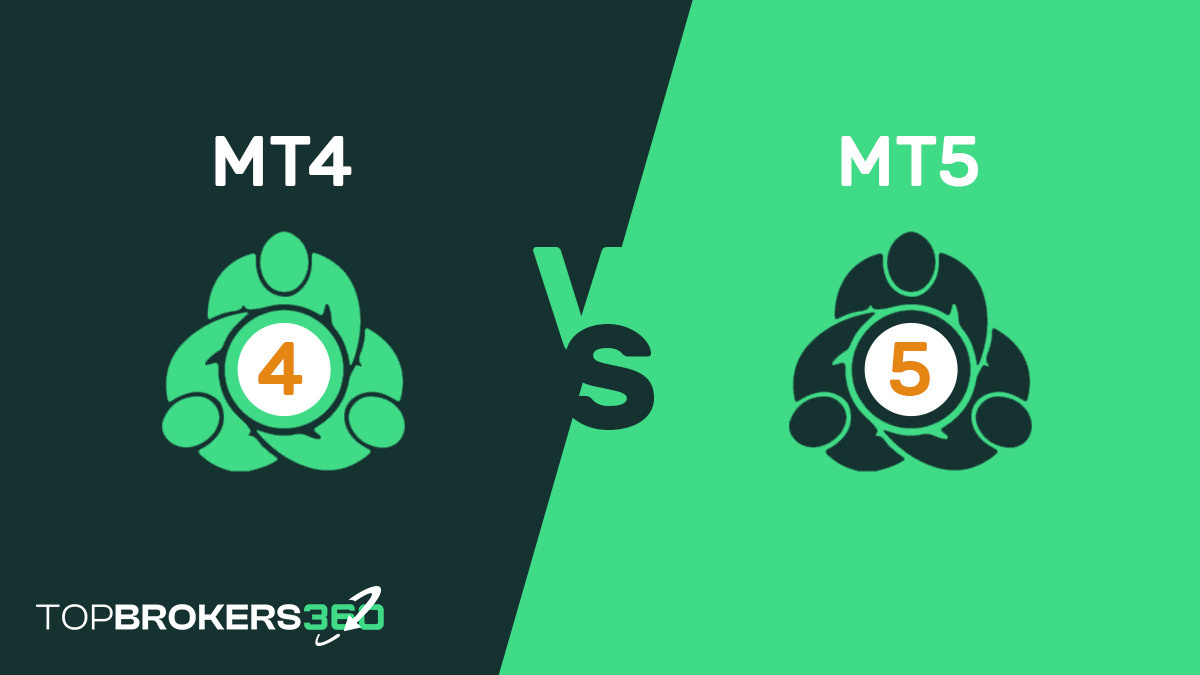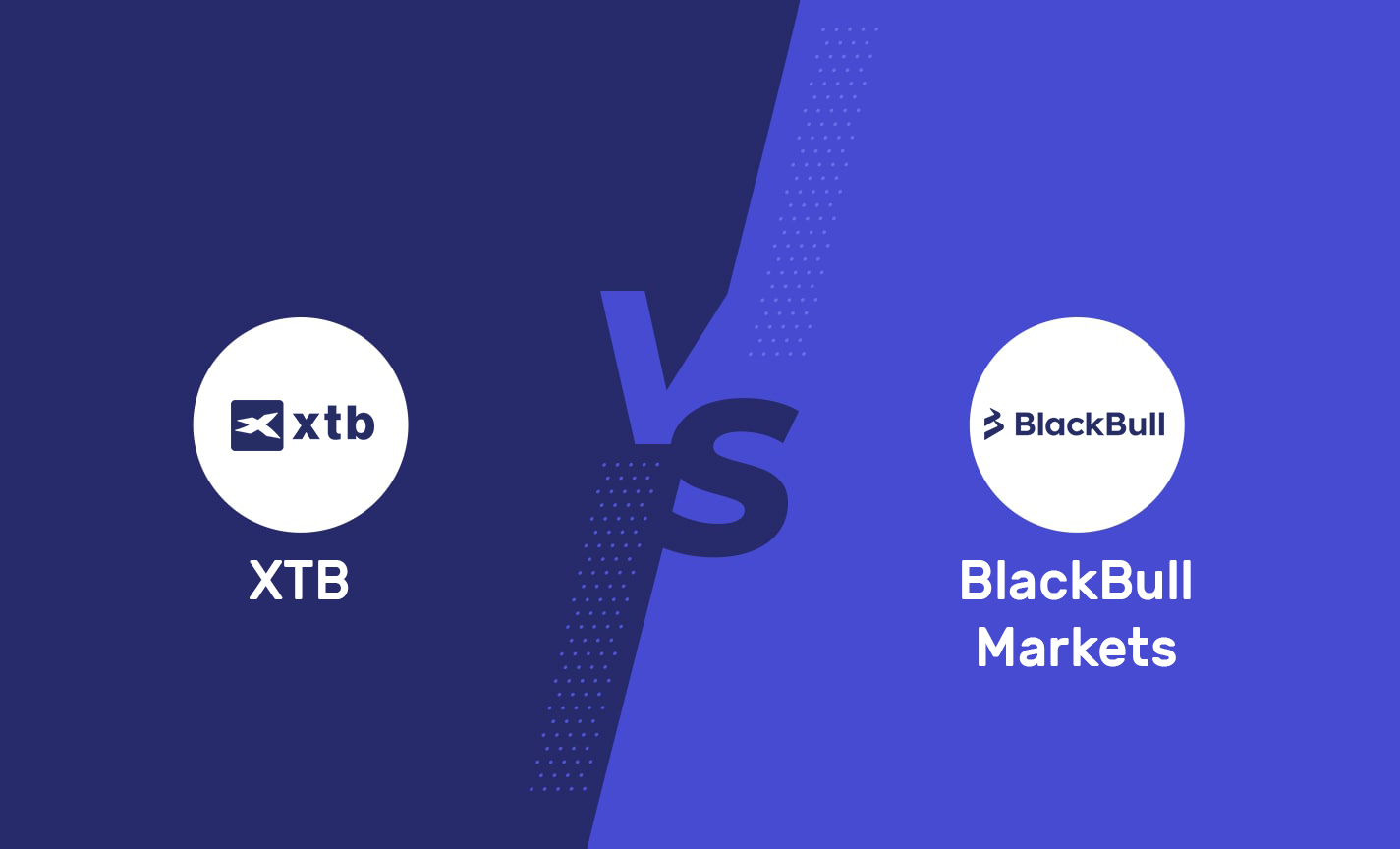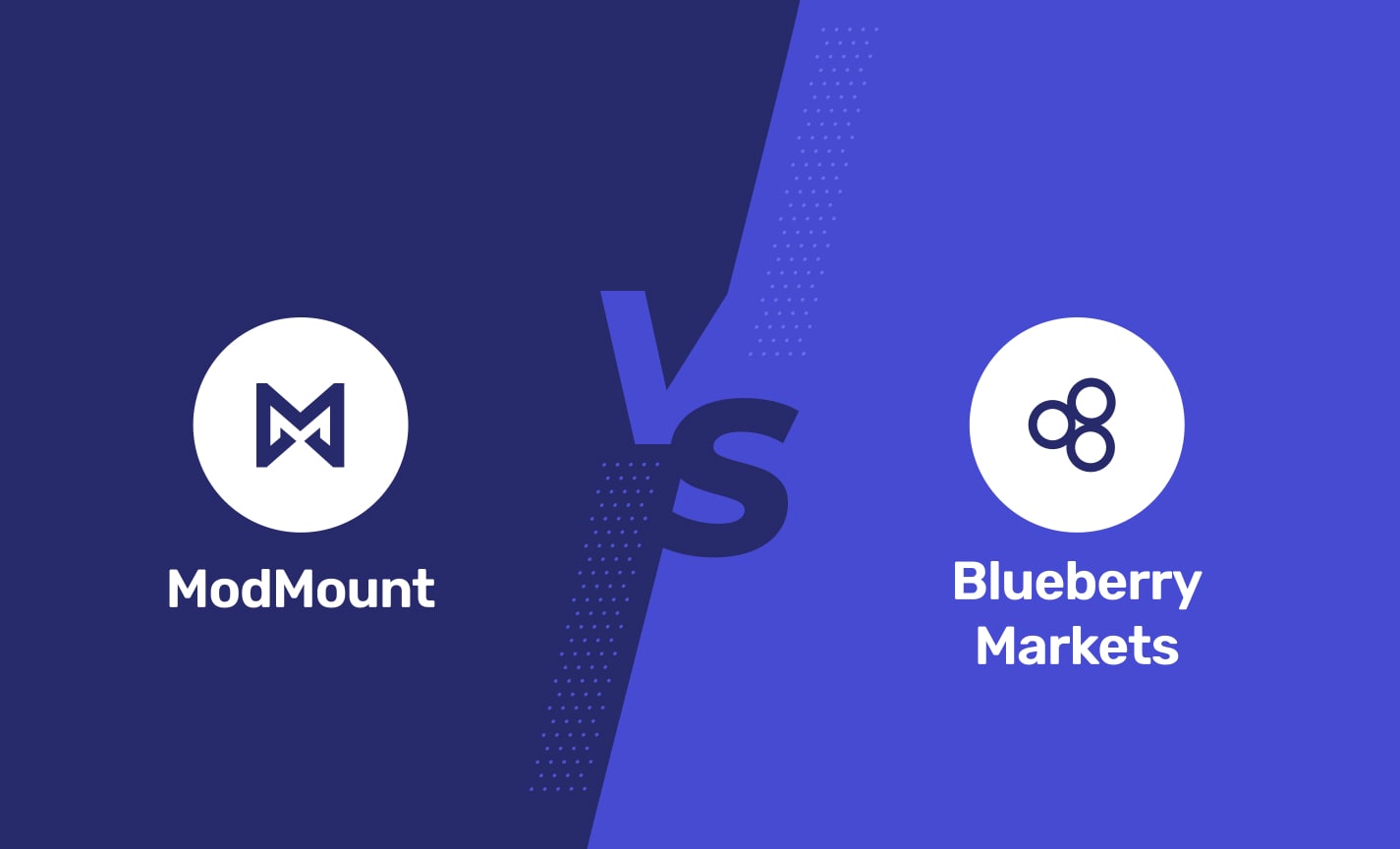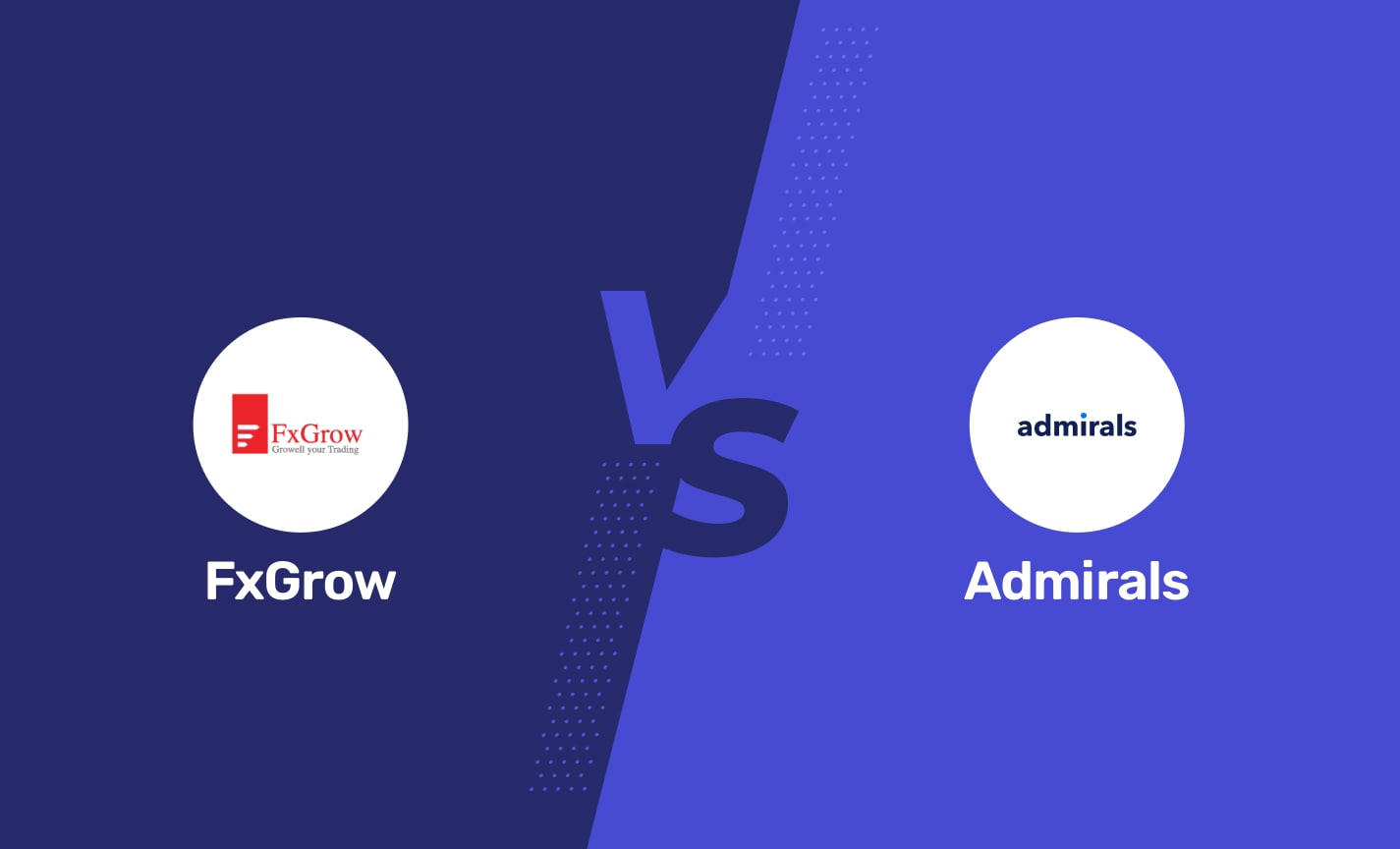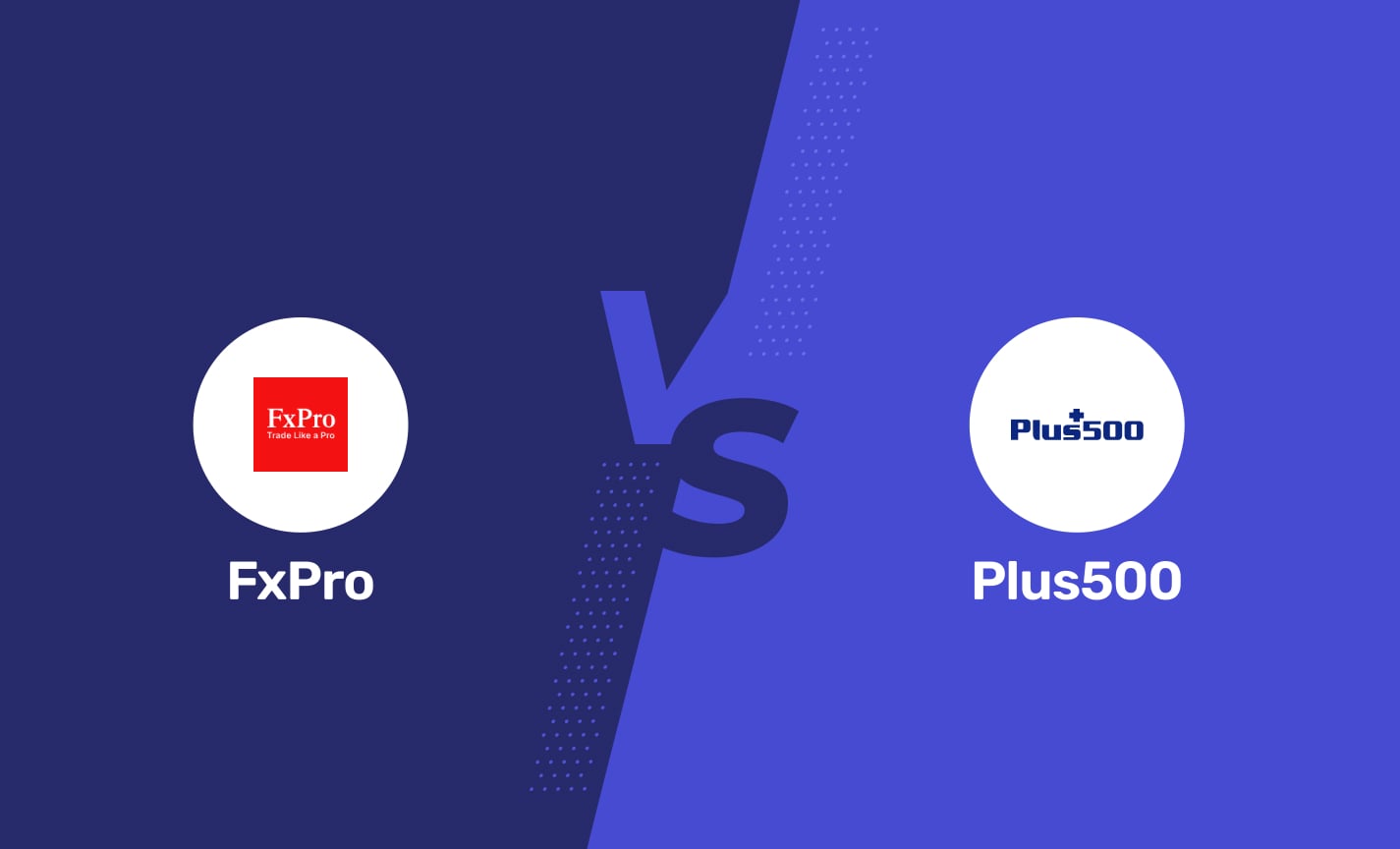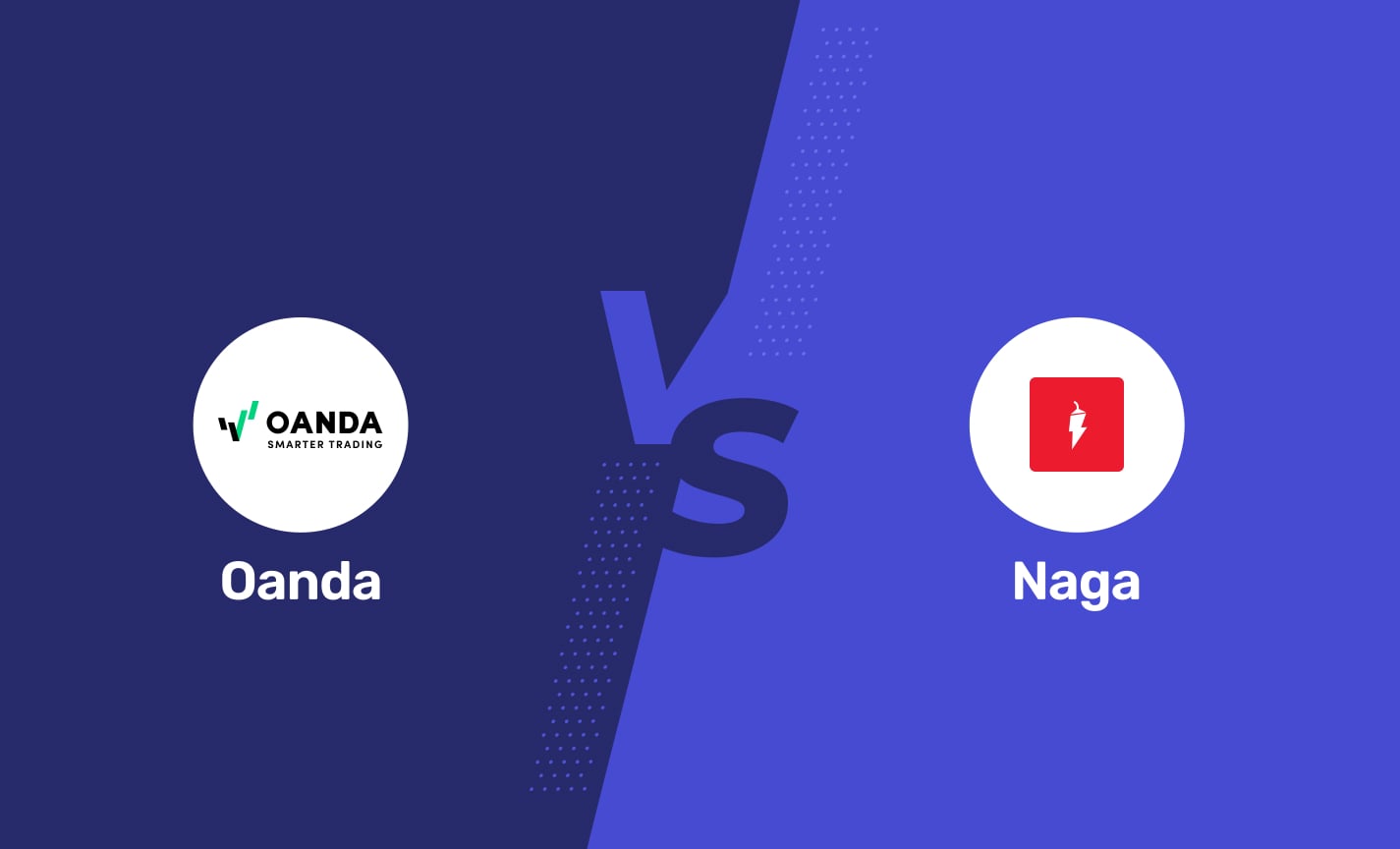If you want to be successful in the forex market, you need to know your technical analysis like the back of your hand. It's crucial to understand the past and current price movements of currency pairs to make informed predictions about their future behavior. That's where forex charts come in handy. In this article, we will go over the fundamentals of three of the most widely used charts, so you can up your trading game and feel more confident in the exciting world of forex.
Forex Charts: An Overview
If you are a trader, you know that forex charts are like the roadmap of currency pair prices over time. They reflect the impact of economic events, the principles of supply and demand, and the predictions of savvy traders on future prices. And every time a chart is updated, you get an inside look at every transaction that took place for that financial instrument. Talk about a wealth of information! By learning to read and interpret these charts, traders can unlock insights that inform smarter, more effective trading strategies.

3 Popular Types of Price Charts
Let’s take a look at 3 of the most frequently used types of price charts.
Line chart: If you are looking for a basic Forex chart that is easy to read and understand, look no further than the line chart. By connecting the closing prices of a currency pair over time, this simple chart lets you easily identify trends and compare closing prices across different time periods. While it doesn't offer as much detail as other chart types, the line chart's simplicity makes it a popular choice for traders who want a quick snapshot of a currency pair's price movements.
Bar chart: This type of chart is more complex and provides more information than a line chart. With this type of chart, you will not only see opening and closing prices but also the highest and lowest prices reached during a particular period. The vertical bar provides a clear visual representation of the currency pair's trading range, while the horizontal lines attached to the bar show the opening and closing prices. Whether you're analyzing highly volatile price fluctuations or more subdued ones, the bar chart has got you covered.
Don't forget to pay attention to the horizontal lines on the price bar, as they represent the opening and closing prices of a trading period. The left-side hash signifies the opening price, while the right-side hash indicates the closing price. Keep this in mind to get a better understanding of a currency pair's price behavior.
Candlestick chart: If you want to spice up your trading game, then candlestick charts might be just what you need. Unlike bar charts, they present market data in a visually appealing and straightforward way. These charts feature a vertical line representing the highs and lows of a currency pair, with a larger block in the middle indicating the range between opening and closing prices. Candlesticks come in different colors, each corresponding to a bullish or bearish market sentiment. A filled or colored middle block indicates a bearish trend, meaning the currency pair closed lower than it opened. On the other hand, a "white" or hollow block suggests a bullish trend, with the closing price higher than the opening price.
Which Forex Chart to Use?
Deciding which forex chart to use is not a one-size-fits-all solution. As a trader, you have unique preferences and skills that influence your strategy. It's important to note that each chart has its own benefits and drawbacks. Ultimately, the decision to use a particular chart or a combination of charts depends on your trading style and personal preferences.












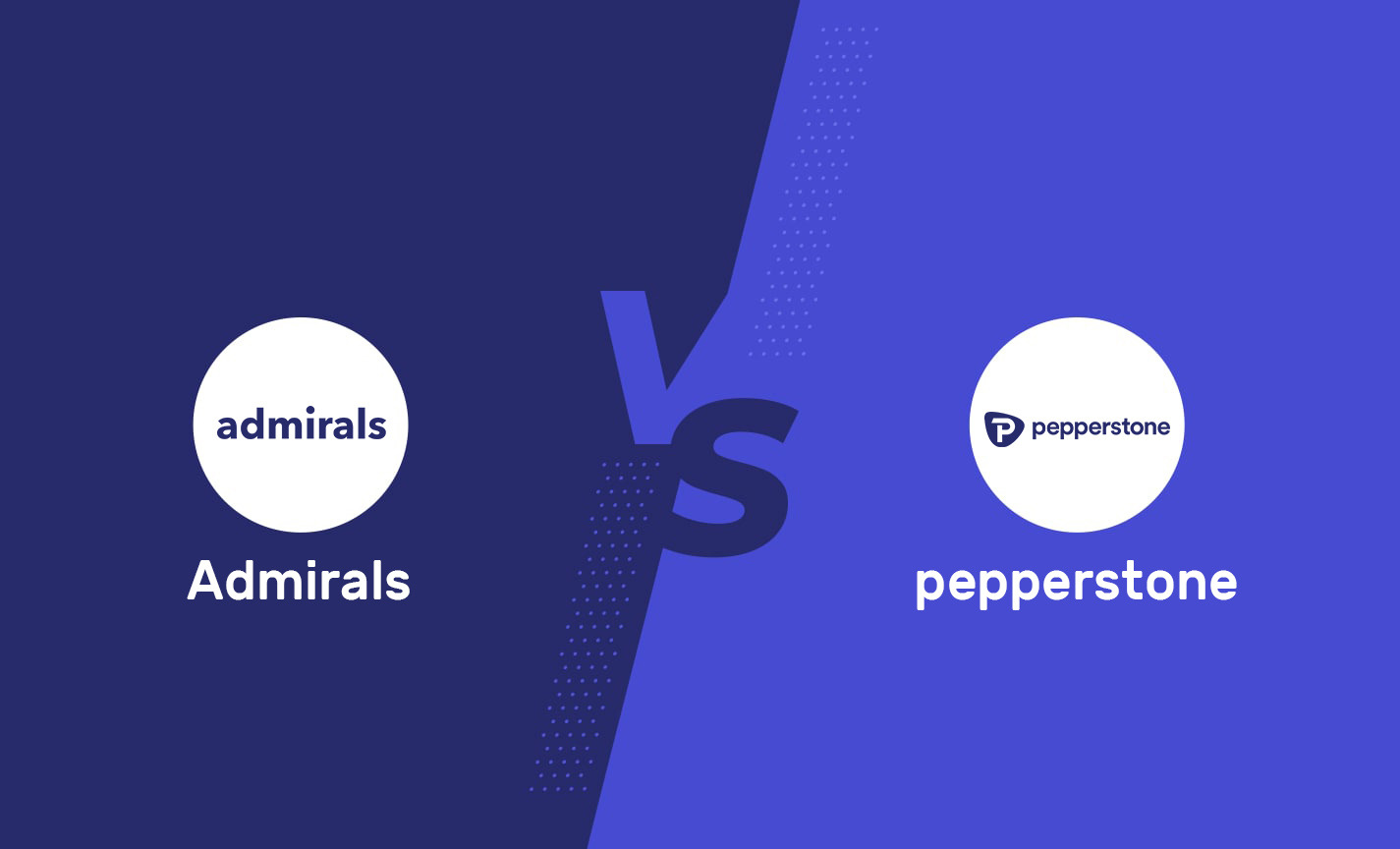





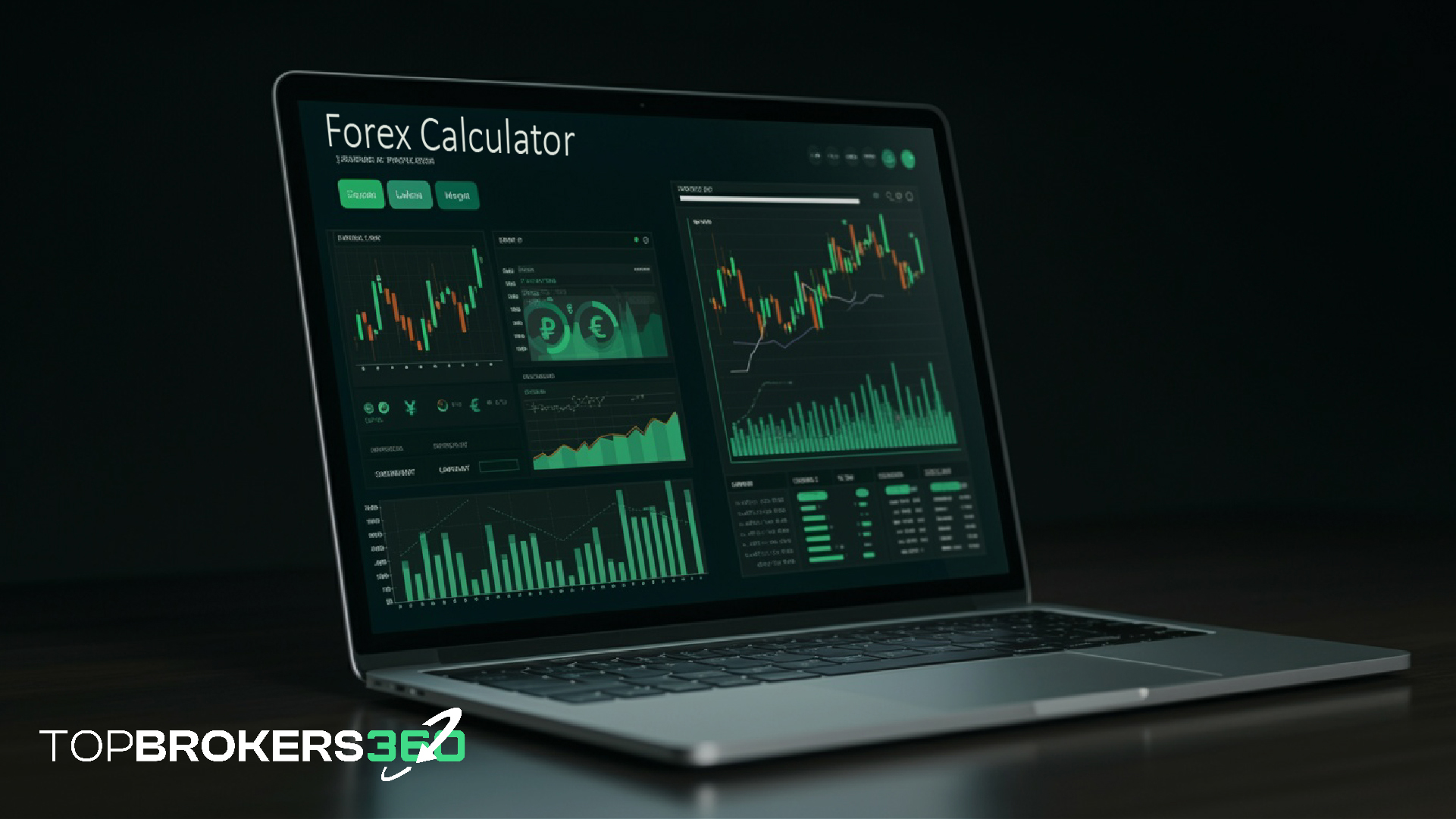











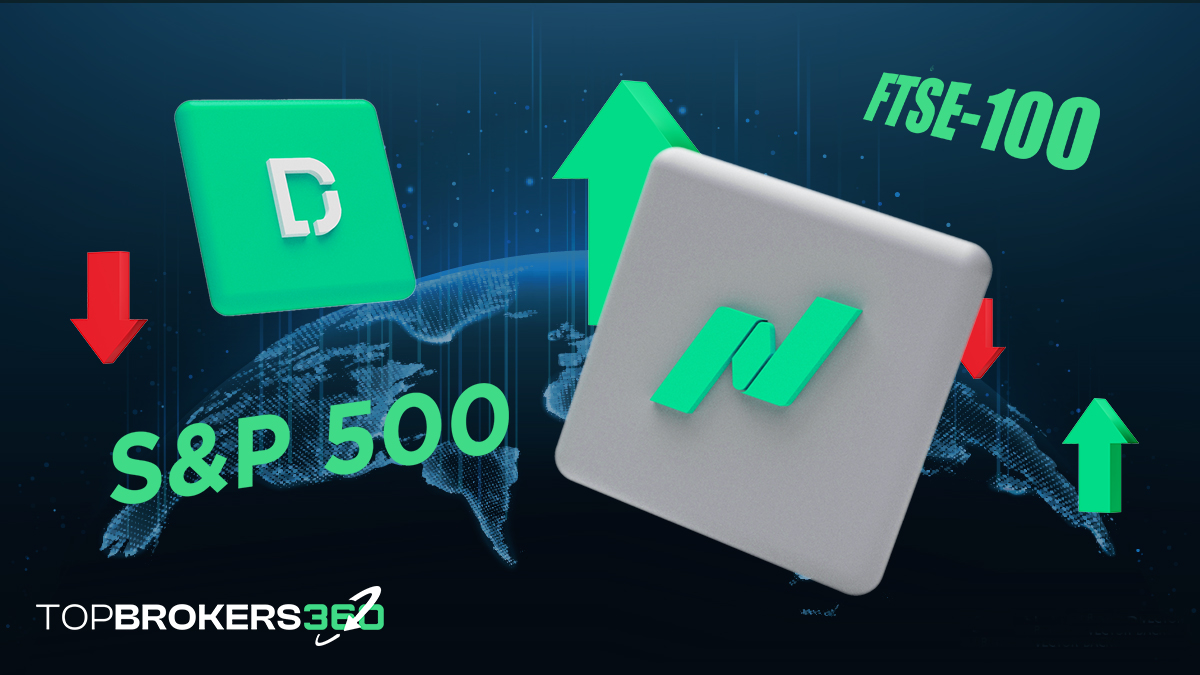




![Weekly Economic Overview [05.07.24]: S&P 500, NASDAQ, Tesla, and Apple](https://www.topbrokers360.com/wp-content/uploads/2024/07/Weekly_Update_Thumbnail_5.jpg)

![Weekly Economic Overview [28.06.24]: US Stock Market Trends, Inflation Insights, and NVIDIA Analysis](https://www.topbrokers360.com/wp-content/uploads/2024/06/Weekly_Update_Thumbnail_4.jpg)

